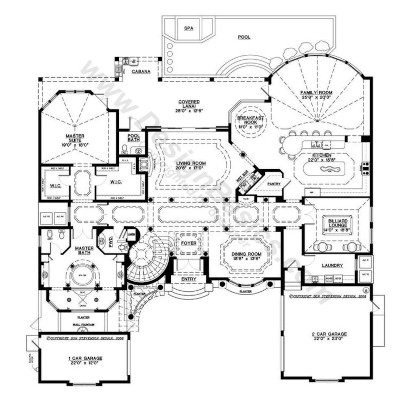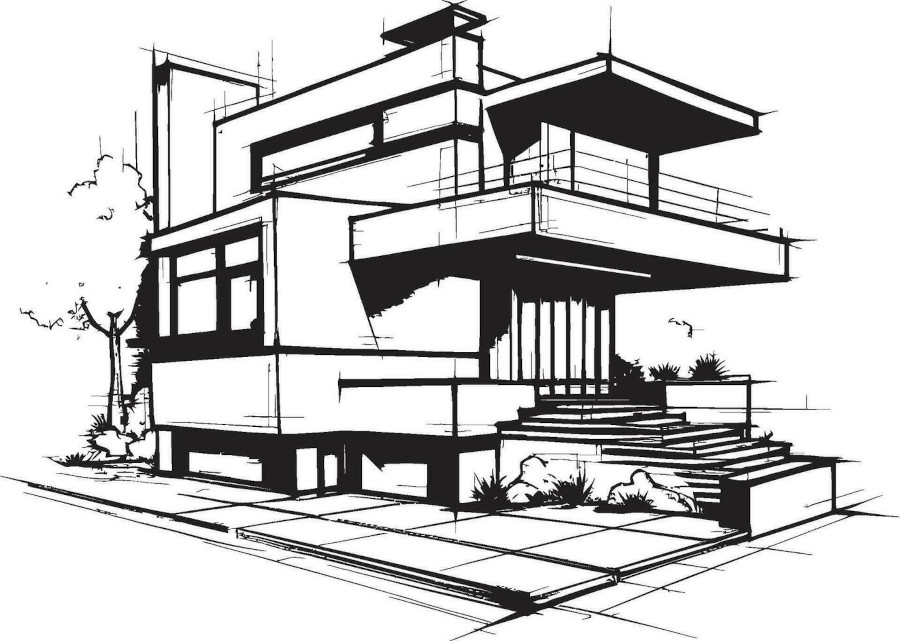As a teen, did you ever try drawing your dream house? These grandiose structures, complete with indoor swimming pools, game rooms and movie theaters, are not always practical. But they sure are fun!
Nashville architect James Edwards knows how exciting it can be for kids to tap into their inner Frank Lloyd Wright. This summer, he’ll guide students through the basics of architectural design as part of a summer art camp called Designing Dreams. The one-week camp for teens 13 and up is part of Monthaven Arts and Cultural Center’s Summer Teen Art Immersive Camp. The camp will be held June 10 to 14 at Nōssi College of Art.
“I’ve developed an engaging curriculum that will allow students to develop a custom house,” says Edwards. “We’ll basically spend a week imagining our dreams.”
 It’s tempting to start the design of a dream house with a sketch of the building’s exterior. But that’s not the way architects begin their work. Many commence with interior rooms and work their way out.
It’s tempting to start the design of a dream house with a sketch of the building’s exterior. But that’s not the way architects begin their work. Many commence with interior rooms and work their way out.
“This is where architecture becomes an art form,” says Edwards. “You want the interior rooms to flow one to the other in an aesthetically pleasing way. It takes technical skill and creative imagination to do this well.”
It also takes the proper architectural tools. Campers enrolled in Designing Dreams will all receive an architectural tool kit that will include pencils, pens, triangles, tape, protractors compasses and more.
By the end of the week, campers will have a project design that will be ready for presentation. They will also emerge with a basic understanding of what architects actually do. As a teen, Edwards would have loved such insight. He understood next to nothing about the architectural profession as a freshman at the University of Tennessee.
“I entered college as a fine arts major,” Edwards recalls. “I did OK, but I had little interest in being an artist and even less talent. My roommate, a high school buddy, was in architecture, and I loved what he was doing. It seemed to fit my skill set since I was a decent artist who was also good at math and science.”
Apparently, Edwards was also good at networking, an important character trait for an aspiring architect. After his first year of college, he began knocking on doors at architectural firms. One local architect was impressed enough to give him work. The rest, as they say, is history.
Edwards eventually started his own firm, called Edwards and Hotchkiss. Over the years, the firm worked on everything from golf courses and medical buildings to state parks and churches. Naturally, Edwards designed more than a few dream houses.
Stylistically, Edwards is a proud generalist. “A lot of famous architects considered themselves to be modernists,” Edwards says. “But I’ve always worked in every style. To me, style is the client’s prerogative.”
Edwards may be agnostic when it comes to architectural style, but he’s born again in his artistic approach. An old school architect, he believes a great design begins when a dream is created on paper, not on a computer.
“I think architects lose something when they design everything on computers,” he says. “There’s an inspirational immediacy that you just can’t get without pen and paper.”


